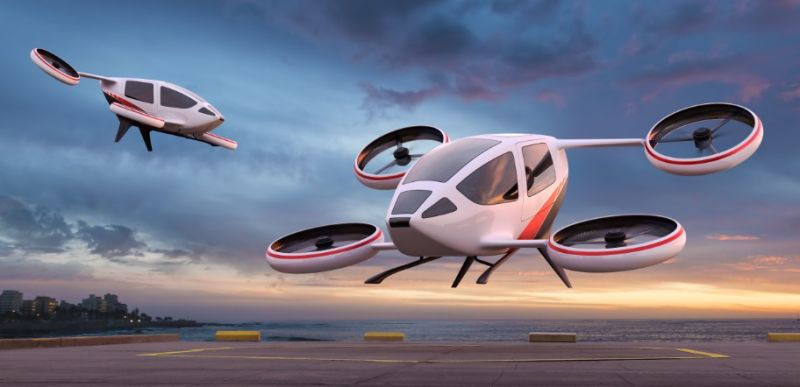Joby Aviation and NASA Successfully Simulate High-Volume Air Taxi Operations in Busy Airspace
- rosie807

- Dec 2, 2024
- 2 min read
SANTA CRUZ, Calif.—Joby Aviation, Inc. (NYSE: JOBY), a developer of electric vertical take-off and landing (eVTOL) aircraft for commercial passenger use, announced the successful completion of advanced air traffic simulations in collaboration with NASA’s Ames Research Center. The simulations evaluated the integration of air taxi services into existing airspace systems, including operations at high-traffic airports, using current air traffic control (ATC) tools and protocols.

The project, developed over several years by Joby and NASA airspace engineers, simulated scenarios in the Dallas-Fort Worth (DFW) area, with dozens of eVTOL aircraft operating in and out of the region's complex airspace. The tests utilized NASA’s Future Flight Central, a state-of-the-art virtual tower facility with a 360-degree real-time simulation environment replicating airport conditions. The team simulated traffic patterns at both Dallas Love Field (DAL) and DFW airports to analyze the impact of eVTOL operations in busy airspace.
During the exercise, air traffic controllers tested the integration of up to 120 eVTOL operations per hour—arrivals and departures—from DFW’s Central Terminal Area, alongside the airport’s regular traffic. Simultaneously, up to 45 virtual eVTOL aircraft navigated within DFW’s Class B airspace.
“Partnering with NASA, we’ve demonstrated in a realistic simulation how air taxi services can operate seamlessly within today’s airspace alongside traditional airport traffic,” said Tom Prevot, Joby’s Air Taxi Product Lead. “These results reflect years of collaboration and careful planning, pushing the boundaries of what’s possible and paving the way for scalable air taxi operations within the National Airspace System.”
The simulation tested structured routes and procedures, including Letters of Agreement and specialized controller roles, to integrate air taxi flights without disrupting existing operations. Representatives from the FAA and the National Air Traffic Controllers Association (NATCA) observed the activity, highlighting its significance for future airspace integration.
NASA plans to publish a detailed analysis of the simulation results next year, offering data to the aviation industry and the FAA to further the development of advanced air mobility systems. For additional information, visit NASA’s website.





Comments